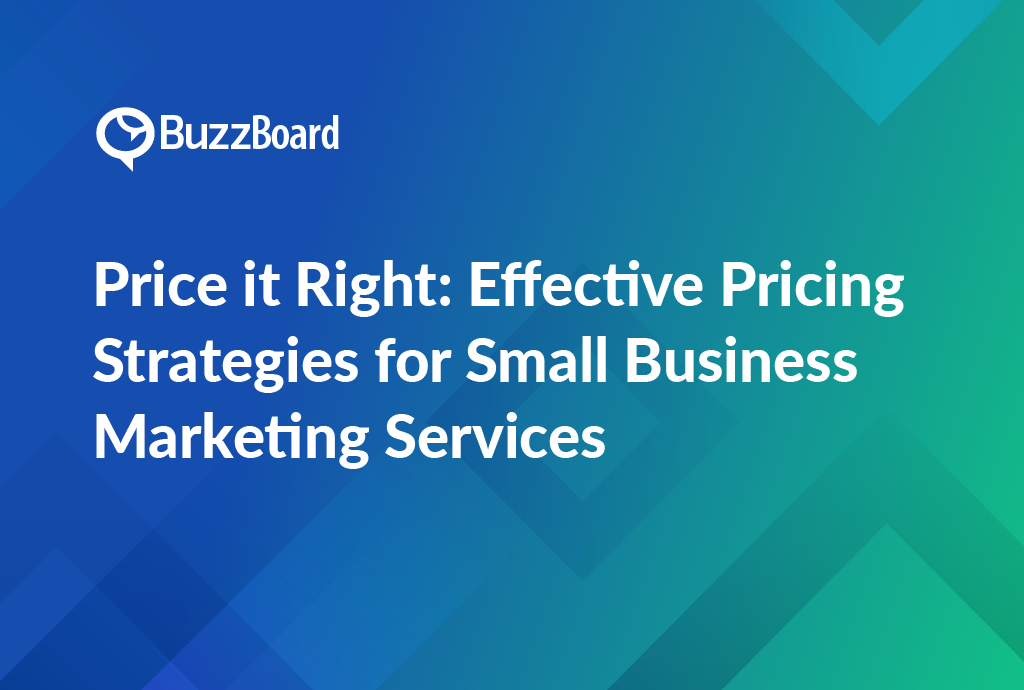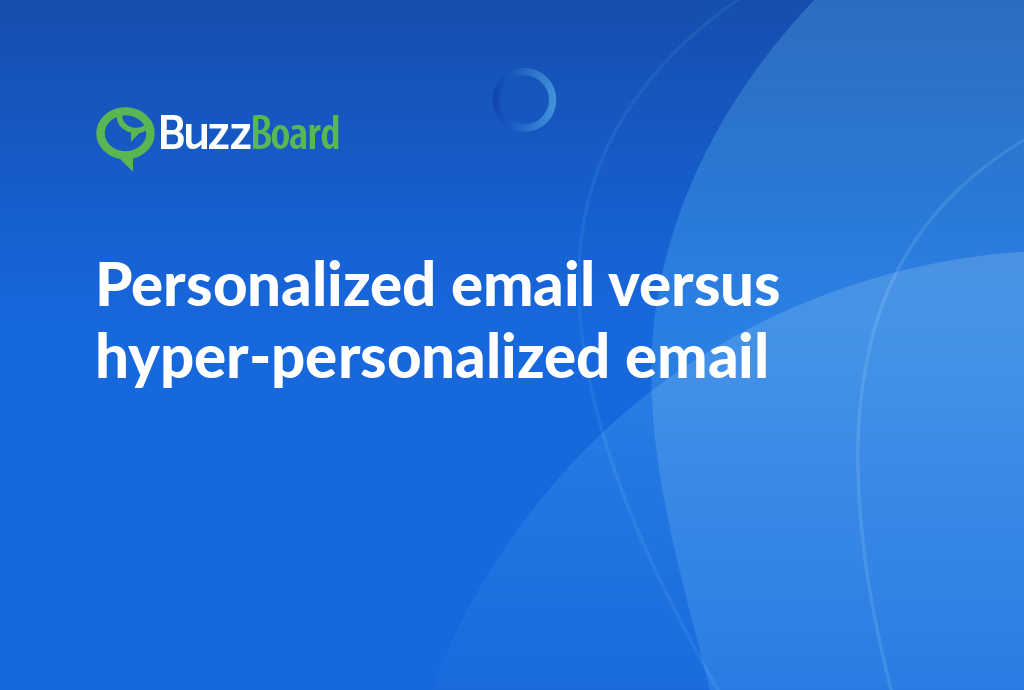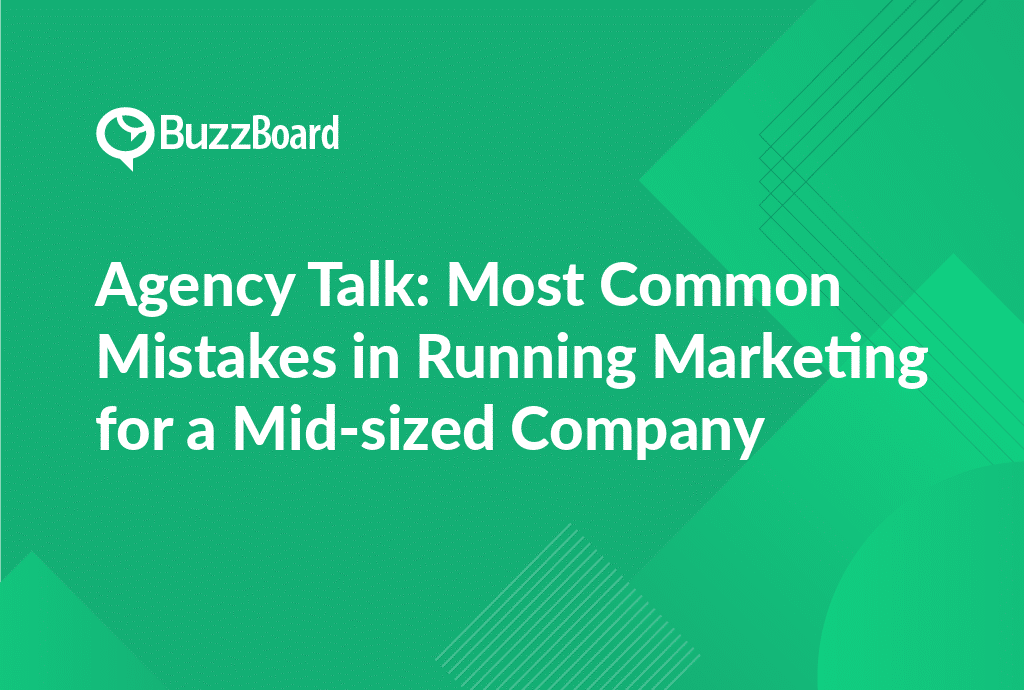What are the most effective pricing strategies for small business marketing services? Discover the top tactics to price your services right, including value-based pricing, tiered pricing, and dynamic pricing. Learn how to balance your pricing with your target audience’s willingness to pay and stay competitive in the market. Get expert insights on how to price your marketing services effectively and increase your revenue.
Understanding the Importance of Pricing in Digital Marketing Services for Small Businesses
The fiscal component of implementing a digital marketing strategy for small businesses is as vital as the strategy itself. Your sales team needs to grasp the significance of strategic pricing for digital marketing services. This pricing can have a deep impact on the success of these services.
There are several pricing strategies your team can consider for digital marketing services aimed at small businesses. A prevalent approach is value-based pricing, which involves setting a price based on the perceived value of the service to the customer, rather than the cost of providing it. This method can often justify higher prices, leading to amplified profitability.
Alternatively, weigh the option between hourly and retainer pricing. While an hourly pricing model may be straightforward, it can discourage clients who are wary of racking up a large bill. On the other hand, a retainer pricing model can provide regular revenue and foster a more secure client relationship.
Another layer of strategy to your pricing includes offering marketing packages for small businesses. Customized packages can result in higher satisfaction rates among clients who feel they are getting more value for their money, further emphasizing the worth of your services.
The key here is transparency and flexibility that adapt to the specific needs of the market and clients. Pricing strategies should be detailed, verifiable, and in alignment with the value the client derives from the digital marketing service.
A Deep Dive into Various Pricing Strategies That Can Be Adopted by Small Business Marketing Services
Crafting an effective pricing strategy is crucial for digital marketing agencies targeting small and local businesses. As a salesperson, it’s essential to comprehend the diverse pricing strategies at your disposal and leverage them effectively to add value to your clients and positively impact your bottom line.
One key strategy is value-based pricing, which sets prices based on the perceived value your marketing services will provide to the customer’s business. This methodology requires an in-depth understanding of the customer’s business, their clientele, and the overall value your service will impart. Unlike cost-plus pricing, which merely adds a markup to the service cost, value-based pricing takes into account the unique needs and goals of each client. By focusing on the value you bring to the table, you can differentiate yourself from competitors and charge premium prices for your services.
Another crucial consideration is the decision between hourly and retainer pricing. With hourly pricing, you charge for each hour invested in the work, which can bring greater transparency and flexibility for clients. However, this approach also introduces unpredictability in the client’s monthly costs and could potentially reduce your profit if tasks require more time than anticipated. On the other hand, retainer pricing charges a fixed monthly fee to the client, which can offer income stability and predictability. However, you must ensure that your monthly services continually deliver value to justify the cost and meet the client’s evolving needs.
In addition to these two primary pricing strategies, consider developing specialized marketing packages for small businesses, bundled into different levels of service at variable price points. This tailored approach saves your clients’ time and effort in selecting individual services and provides a convenient alternative to custom proposals. By offering a range of packages, you can cater to different client needs and budgets, increasing the likelihood of closing deals and building long-term relationships.
To implement these diverse pricing strategies effectively, it’s essential to focus on value, cater to your client’s needs, and select the pricing strategy that best aligns with your agency’s capabilities and goals. This may involve conducting thorough needs assessments, identifying key performance indicators (KPIs), and developing customized solutions that meet each client’s unique objectives.
By understanding and implementing these pricing strategies, you can extract more value from your digital marketing services, all while imparting value to your small business clients. Remember to stay flexible and adapt to changing market conditions, client needs, and industry trends. Continuously monitor your pricing strategy’s effectiveness and make adjustments as needed to ensure you’re delivering the best possible value to your clients and driving growth for your agency.
Some key takeaways to keep in mind when developing your pricing strategy include:
- Focus on value: Prioritize the value you bring to your clients and charge accordingly.
- Cater to client needs: Develop pricing strategies that meet the unique needs and goals of each client.
- Select the right pricing strategy: Choose the pricing strategy that best aligns with your agency’s capabilities and goals.
- Stay flexible: Continuously monitor your pricing strategy’s effectiveness and make adjustments as needed.
- Communicate clearly: Clearly communicate your pricing strategy and value proposition to clients to ensure they understand the benefits of your services.
By following these best practices and staying up-to-date with industry trends, you can develop a pricing strategy that drives growth, increases profitability, and sets your digital marketing agency apart from the competition.
Unveiling Value-Based Pricing: The Pros and Cons for Small Marketing Businesses
The application of value-based pricing presents a new frontier of opportunities for sales within small marketing businesses. As you deliberate on pricing strategies for digital marketing services, it is essential to weigh the merits of value-based pricing, hourly pricing, and retainer pricing. Each approach has its unique advantages and disadvantages, and understanding these differences can help you make an informed decision that aligns with your agency’s capabilities, the value you provide to clients, and your overarching business objectives.
Value-based pricing is a game-changer for marketing agencies that sell solutions to small businesses. By shifting the focus from the hours spent or tasks accomplished to the utility of the service provided, value-based pricing allows you to emphasize the distinct, measurable benefits your firm can offer. This approach enables you to justify a higher price point, as you demonstrate the tangible value your services bring to clients. However, it does require a comprehensive understanding of your clientele’s needs and the value your services can bring. You must be able to articulate the specific benefits your agency can deliver, such as increased website traffic, improved conversion rates, or enhanced brand awareness.
On the other hand, hourly and retainer pricing strategies focus on structure and continuity, ensuring a reliable income flow. These approaches set clear expectations for both parties concerning time spent and tasks covered, thus preventing potential disputes over project scope. Hourly pricing is ideal for projects with undefined scope or those that require a high degree of customization. Retainer pricing, on the other hand, is suitable for ongoing services, such as content creation, social media management, or SEO. While these strategies provide a sense of stability and predictability, they might hinder your ability to maximize profits from high-value projects.
Navigating the complexities of pricing strategies, value-based pricing might indeed be beneficial for marketing agencies that can effectively demonstrate the value they bring to clients. However, it is crucial to consider your client’s budget and your agency’s distinctive value proposition when making a decision. You must also consider the potential risks and challenges associated with value-based pricing, such as the need for ongoing communication and the potential for clients to question the value of your services.
Ultimately, the choice between value-based, hourly, or retainer pricing should be influenced by your agency’s capabilities, the value you provide to clients, and your overarching business objectives. By carefully weighing the pros and cons of each approach, you can develop a pricing strategy that aligns with your agency’s unique strengths and goals, while also meeting the needs and expectations of your clients.
Weighing in on Hourly vs. Retainer Pricing Models: Which One Works Best for Small Business Marketing Services
Navigating the complex landscape of pricing strategies for digital marketing services for small businesses often prompts a crucial question: Which pricing model is more effective, hourly or retainer pricing? As agencies strive to balance profitability with client satisfaction, it’s essential to understand the pros and cons of each approach. In this comprehensive guide, we’ll delve into the intricacies of hourly and retainer pricing, providing valuable insights to aid your agency in making informed decisions that enhance profitability and better serve small business clients.
Hourly Pricing: A Common yet Complex Approach
Hourly pricing is a widely used method, where clients are charged for each hour of work done. This approach ensures that agencies are compensated for the actual time spent on a project. The simplicity of hourly pricing makes it easy to comprehend, but it also has its drawbacks. One significant issue is the potential for inconsistencies in monthly revenue, as the number of hours worked can fluctuate. This unpredictability can make it challenging for agencies to manage their finances and plan for the future.
Moreover, hourly pricing can create pressure on creatives to work efficiently, potentially compromising the quality of output. When every minute is accounted for, the focus may shift from delivering exceptional results to meeting the clock. This can lead to burnout and decreased job satisfaction among team members.
Retainer Pricing: A Sustainable and Predictable Approach
Retainer pricing, also known as value-based pricing, offers a more sustainable and predictable approach. This model involves charging clients a fixed fee for a set period, typically monthly or quarterly. Retainer pricing fosters a long-term relationship between the agency and the client, enabling agencies to gain a deeper understanding of the business and deliver bespoke solutions.
The benefits of retainer pricing are numerous. It provides agencies with a steady stream of income, allowing them to plan and budget more effectively. Retainer pricing also encourages agencies to focus on delivering high-quality work, as the fee is not tied to the number of hours worked. This approach promotes a collaborative relationship between the agency and the client, as both parties work together to achieve shared goals.
However, retainer pricing does come with its own set of challenges. The initial hurdle is validating the value of the services provided, which can be a complex and time-consuming process. Agencies must demonstrate the tangible benefits of their services to justify the retainer fee. Once this hurdle is overcome, the built relationship and trust between the agency and the client can lead to steady work and revenue.
Choosing the Right Pricing Model for Your Small Business Clients
When deciding between hourly and retainer pricing, consider the size, budget, and specific needs of your small business clients. Retainer arrangements might be a good fit for clients with ongoing marketing needs, such as social media management or content creation. These clients require consistent support and guidance, which retainer pricing can provide.
On the other hand, hourly pricing could be more suitable for smaller, project-based work, such as website development or SEO audits. These projects typically have a clear scope and timeline, making it easier to estimate the number of hours required.
Best Practices for Implementing Hourly and Retainer Pricing
To ensure success with either pricing model, follow these best practices:
- Clearly define the scope of work and deliverables to avoid misunderstandings and ensure client satisfaction.
- Establish a transparent and open communication channel with clients to address any concerns or questions they may have.
- Regularly review and adjust the pricing model as needed to ensure it remains effective and aligned with client needs.
- Continuously monitor and evaluate the performance of your agency, making adjustments to pricing and services as necessary.
Both hourly and retainer pricing models have their strengths and weaknesses. By understanding the intricacies of each approach, agencies can make informed decisions that balance profitability with client satisfaction. Whether you choose hourly or retainer pricing, it’s essential to prioritize transparency, communication, and adaptability to ensure a successful and sustainable pricing strategy.
As you navigate the complex landscape of pricing strategies, remember to share your knowledge and experiences with colleagues. By exchanging ideas and best practices, we can all flourish and provide exceptional services to our small business clients.
Exploring Effective Marketing Packages That Small Businesses Can Leverage for Digital Success
Effective marketing packages are a crucial component for small businesses seeking to achieve digital success. As emphasized by Kevin Davey in a Forbes article, digital marketing agencies must prioritize providing efficient pricing strategies for their services to small businesses. This is a vital move to ensure smaller enterprises can tap into and harness the power of digital marketing to their benefit.
Two prevalent pricing models that digital marketing agencies should consider when creating marketing packages for small businesses are value-based pricing and hourly versus retainer pricing. Value-based pricing provides clients with services that are equivalent to the perceived worth of the project rather than the actual time consumed on the task. This approach often presents flexibility and cost-effectiveness for small businesses, as they are not charged for the time spent on a project, but rather for the value it brings to their business.
On the other hand, hourly versus retainer pricing differs significantly. Under an hourly agreement, clients compensate for the number of hours the marketer dedicates to a project. This can be beneficial for small businesses that require a specific task or project completed, and they are willing to pay for the time and expertise required to complete it. Conversely, in a retainer model, clients remit a fixed sum to the digital marketing agency for a defined period. This arrangement assures that marketers are accessible on-demand, and clients are not burdened with fluctuating costs.
The choice between these pricing strategies largely depends on the specific needs, priorities, and budget of the small business. For instance, a small business with a limited budget may prefer a value-based pricing model, as it provides a fixed cost for the services rendered. On the other hand, a small business with a more complex marketing strategy may require a retainer model, as it provides access to a dedicated team of marketers for a set period.
Marketing packages, designed to cater to the requirements of small businesses, should take these pricing structures into account, offering options clients can choose based on their singular situations. By providing a range of customizable marketing packages, digital marketing agencies can cater to the diverse needs of small businesses, from those with limited budgets to those with more complex marketing strategies.
It’s paramount that digital marketing agencies refine their packaging by tailoring value-based pricing, hourly, and retainer pricing to a range of customizable marketing packages for small businesses. By doing so, these enterprises can effectively employ digital marketing to propel success, and small businesses can harness the power of digital marketing to achieve their goals.
To delve deeper into these concepts and stay ahead of the curve, it’s essential to gain more knowledge from expert content shared here. By keeping abreast with the latest trends in digital marketing, small businesses can make informed decisions about their marketing strategies and stay competitive in the market.
Conclusion
Pricing your small business marketing services effectively is crucial for success in today’s competitive market. By understanding your target audience’s willingness to pay and implementing the right pricing strategy, you can increase revenue, stay competitive, and build a loyal customer base.
Value-based pricing, tiered pricing, and dynamic pricing are three effective strategies to consider, each with its own advantages and disadvantages. By understanding your costs, competition, and target audience, you can choose the pricing strategy that best fits your business needs.
Remember, pricing is not a one-time decision, but rather an ongoing process that requires continuous monitoring and adjustment. Stay flexible, stay informed, and stay focused on delivering value to your customers. With the right pricing strategy in place, you’ll be well on your way to achieving your business goals and driving long-term success.
By applying the pricing strategies outlined in this article, you’ll be able to:
- Increase revenue and profitability
- Stay competitive in the market
- Build a loyal customer base
- Deliver value to your customers
- Achieve long-term business success
Don’t let pricing hold you back from achieving your business goals. Take the first step towards pricing your small business marketing services effectively today.








